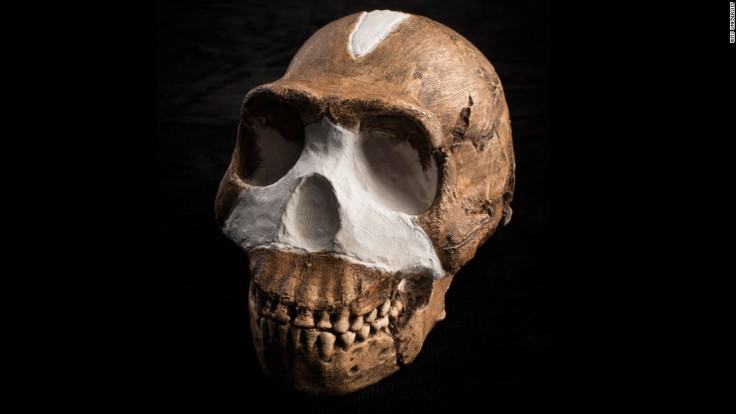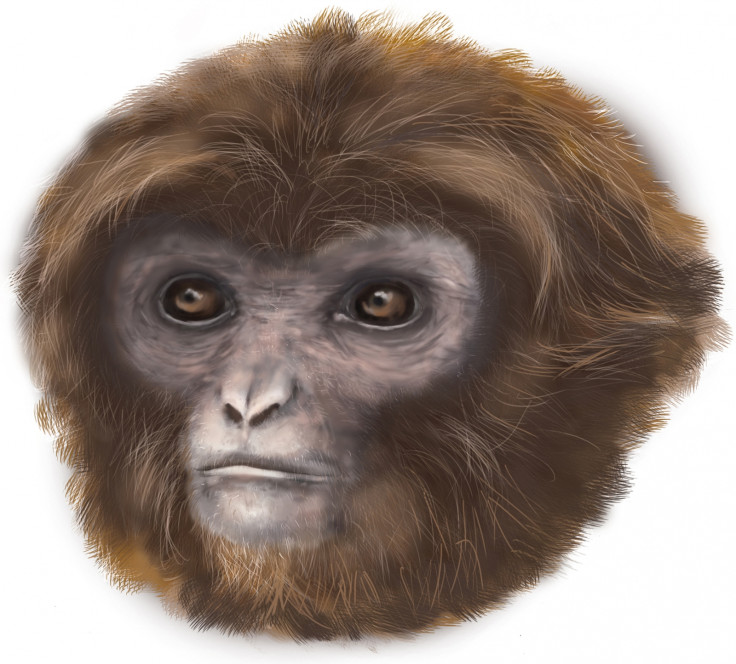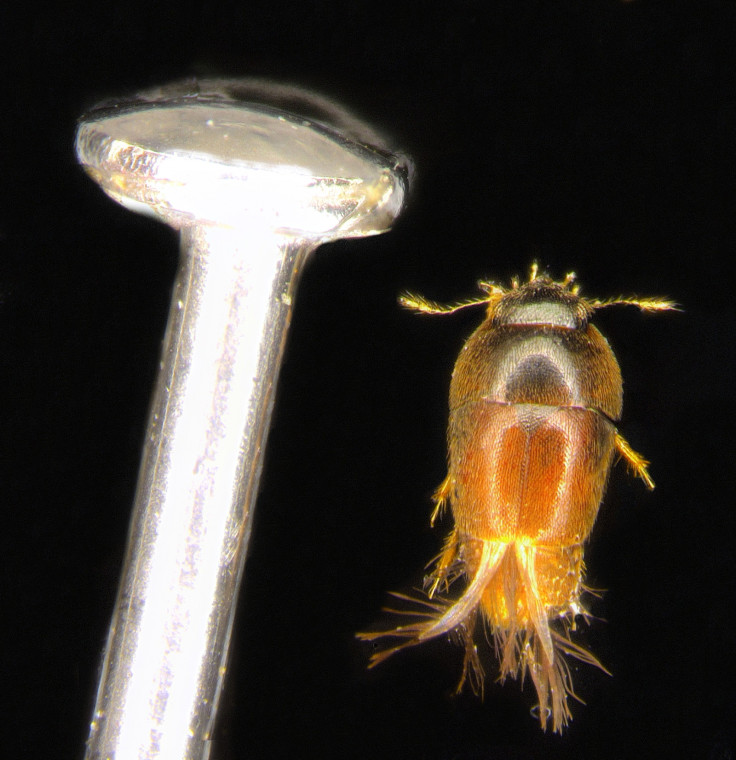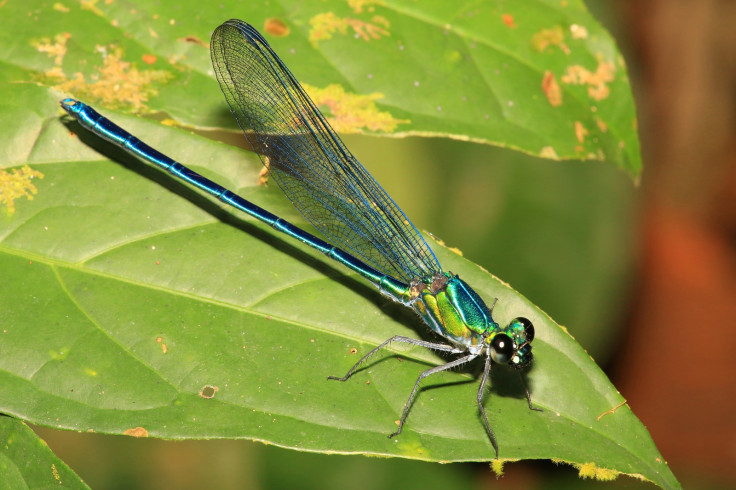Top 10 new species of 2016: Ugly anglerfish, giant tortoise and early human make annual list
The Top 10 New Species of 2016 have been announced by scientists, with a giant Galapagos tortoise, a very ugly anglerfish and an early human all chosen as being some of the best discoveries of the last year. Researchers at the SUNY College of Environmental Science and Forestry (ESF) in the US narrowed down the top 10 from the 18,000 species discovered over the last 12 months.
ESF president Quentin Wheeler said: "In the past half-century we have come to recognise that species are going extinct at an alarming rate. It is time that we accelerate species exploration, too. Knowledge of what species exist, where they live and what they do will help mitigate the biodiversity crisis and archive evidence of the life on our planet that does disappear in the wild."
He said the rate at which species are discovered is the same as before WWII, so species are going extinct at largely the same rate as they are found. "We can only win this race to explore biodiversity if we pick up pace. In so doing we gather irreplaceable evidence of our origins, discover clues to more efficient and sustainable ways to meet human needs, and arm ourselves with fundamental knowledge essential for widescale conservation success," he said.
Giant Galapagos tortoise
A new species of giant Galapagos tortoise, Chelonoidis donfaustoi, was discovered after researchers noticed small differences between populations of eastern and western tortoises. It had been thought this was just down to genetic variation, but analysis of genetic and morphological data showed the eastern population – consisting of just 250 individuals – was in fact a separate species.

Human ancestor Homo naledi
Homo naledi – a newly discovered species of the genus Homo – was discovered in South Africa with 1,550 fossils from at least 15 different individuals. While the species is yet to be dated, it is thought to have lived around two million years ago. The species had anatomical features of both Australopithecus and other Homo species – the latter of which modern humans are part of.

Ugly anglerfish
The ugly anglerfish Lasiognathus dinema was discovered in the Gulf of Mexico during an assessment of damage caused by the Deepwater Horizon oil spill by the NOAA. Anglerfish are known for the appendage sticking out of the top of their heads. This structure, called the esca, is used by some anglerfish to produce light to attract prey.

Laia the little ape
A new species of ape that lived 11.6 million years ago was discovered in a landfill in Spain through fossil fragments. The species, Pliobates cataloniae, also nicknamed Laia, provides an insight into the origins of apes, gibbons and humans, having existed before the lineages split. The species would have been around 43cm in height and weighed between four and five kilograms.

Carnivorous giant sundew
Drosera magnifica is a species of giant sundew and is believed to be the first case of a new plant being discovered through Facebook. The plant is large, growing up to 123cm, and traps its insect prey by secreting a thick mucus on the surface of its leaves. The species is considered to be critically endangered, it being found only at the summit of one mountain in Brazil.

House-building Isopod
The isopod – a crustacean that lives in water on land – Iuiuniscus iuiuensis was discovered in Brazil and is the only species of its family to build shelters from mud. The 9mm-long blind, multilegged and unpigmented creature was found in a single cave building spherical shelters where it moults its exoskeleton – during which it is particularly vulnerable to predators.

Ruby-red seadragon
A ruby-red seadragon called Phyllopteryx dewysea was discovered in Australia. Measuring almost 10 inches (24cm) in length, the species is a dark shade of red with pink vertical bars and markings on its snout. It is only the third species of seadragon known to science.

Paddington Bear beetle
A tiny beetle named after Paddington Bear – Phytotelmatrichis osopaddington – was discovered in Peru living in the pools of water that accumulate in the hollows of plants. Measuring just a millimetre in length, they are mostly found on the forest floor, feeding on decomposing materials and living in the pools of water that accumulate in the leaf rolls of specific plants.

Rock-and-roll damselfly
The Umma gumma damselfly discovered in Gabon is named after the Pink Floyd 1969 album Ummagumma. It was one of 60 new damselfly species named over the last 12 months, most of which were so colourful and distinctive they could be identified as a new species through photographs alone.

Flowering tree hiding in plain sight
A species of flowing tree was identified in Gabon just a few metres from the main road in the Monts de Cristal National Park. Scientists believe the species, Sirdavidia solannona, was overlooked in previous inventories because of its relatively small height: it stands at around 6m high and 10cm in diameter. Its closest relative is found almost 1,900 miles away in Tanzania.

© Copyright IBTimes 2025. All rights reserved.





















